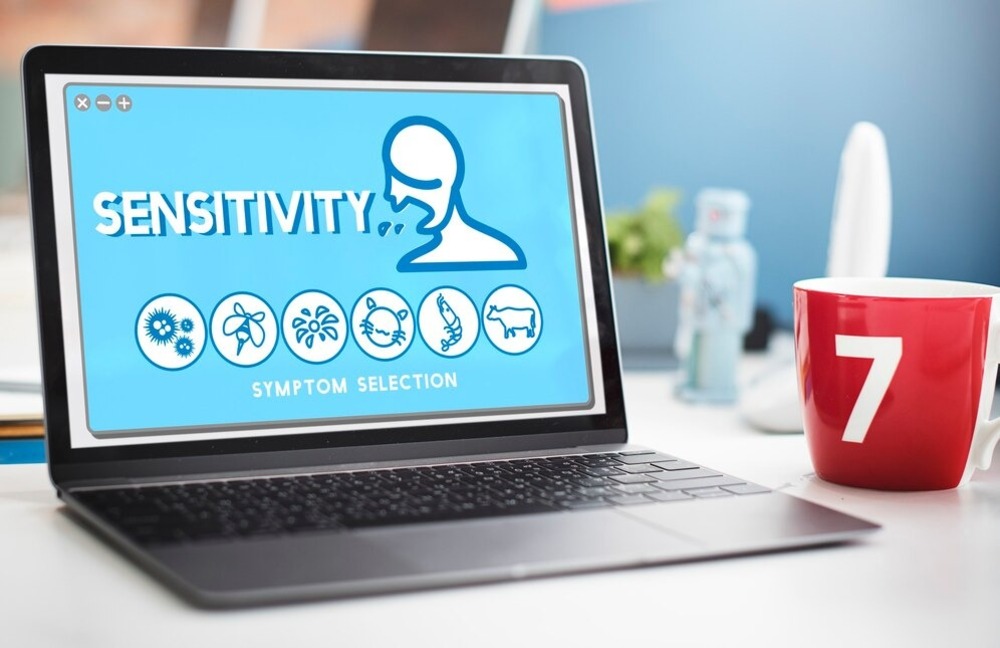Depression is a silent epidemic that affects millions of people worldwide. According to the World Health Organization (WHO), over 264 million people of all ages suffer from depression globally. This mental health disorder can lead to devastating consequences, including suicide, which is the second leading cause of death among 15-29-year-olds. Early detection through depression screening can be a game-changer in addressing this issue. In this blog, we will explore the importance of depression screening, the statistics surrounding it, and how it can save lives.

Understanding Depression
Depression is more than just feeling sad; it is a complex mental health condition that can affect a person's thoughts, feelings, and behaviors. Symptoms can include persistent sadness, loss of interest in activities, changes in appetite, and difficulty concentrating. The impact of depression is profound, not only on individuals but also on families, communities, and economies.
The Importance of Early Detection
Early detection of depression can significantly improve treatment outcomes. Research shows that individuals who receive timely intervention are more likely to respond positively to treatment. According to a study published in the Journal of Clinical Psychiatry, early treatment can reduce the duration and severity of depressive episodes.
Here are some compelling statistics that highlight the importance of early detection:
- 50% of individuals with depression do not seek help due to stigma or lack of awareness.
- 80% of people with depression can be treated successfully with therapy, medication, or a combination of both.
- 90% of individuals who die by suicide have a diagnosable mental health condition, often undiagnosed.
Depression Screening: A Lifesaving Tool
Depression screening involves using standardized questionnaires to identify individuals who may be experiencing depressive symptoms. These screenings can be conducted in various settings, including primary care offices, schools, and community centers.
The following table illustrates the effectiveness of depression screening in different populations:
| Population Group | Screening Method | Detection Rate (%) | Treatment Initiation Rate (%) |
|---|---|---|---|
| Adults | PHQ-9 Questionnaire | 70% | 60% |
| Adolescents | Beck Depression Inventory | 65% | 55% |
| Elderly | Geriatric Depression Scale | 75% | 65% |
| College Students | Kessler Psychological Distress Scale | 68% | 58% |
As shown in the table, depression screening can lead to high detection rates across various demographics. This is crucial because early identification allows for timely intervention, which can significantly improve the quality of life for those affected.
Barriers to Screening
Despite the clear benefits of depression screening, several barriers prevent widespread implementation. These include:
- Stigma: Many individuals fear being labeled or judged for seeking help.
- Lack of Awareness: Some people do not recognize the symptoms of depression or believe they can manage it on their own.
- Access to Resources: In some areas, mental health services are limited, making it difficult for individuals to get screened.
The Role of Technology in Screening
In recent years, technology has played a pivotal role in enhancing depression screening efforts. Online screening tools and mobile applications have made it easier for individuals to assess their mental health from the comfort of their homes. Websites like Mental Health America offer free online screening tools that can help individuals identify potential mental health issues.
The Future of Depression Screening
As awareness of mental health continues to grow, the future of depression screening looks promising. Initiatives aimed at integrating mental health screenings into routine healthcare are gaining traction. For instance, the U.S. Preventive Services Task Force recommends that all adults be screened for depression, emphasizing the importance of early detection.
The following table summarizes the potential benefits of widespread depression screening:
| Benefit | Description |
|---|---|
| Increased Awareness | More people will recognize symptoms and seek help. |
| Reduced Stigma | Normalizing mental health discussions can reduce stigma. |
| Improved Access to Treatment | Early detection leads to timely intervention and better outcomes. |
| Enhanced Quality of Life | Individuals can regain control over their lives and well-being. |
Conclusion
Depression screening is a vital tool in the fight against mental health disorders. By identifying individuals at risk and providing them with the necessary support, we can save lives and improve overall well-being. As we continue to advocate for mental health awareness, it is essential to break down barriers and promote the importance of early detection. Remember, if you or someone you know is struggling, reaching out for help is the first step toward recovery. Together, we can create a world where mental health is prioritized, and no one has to suffer in silence. 🌟💚
If you want to learn more about mental health resources, consider visiting NAMI for support and information.




